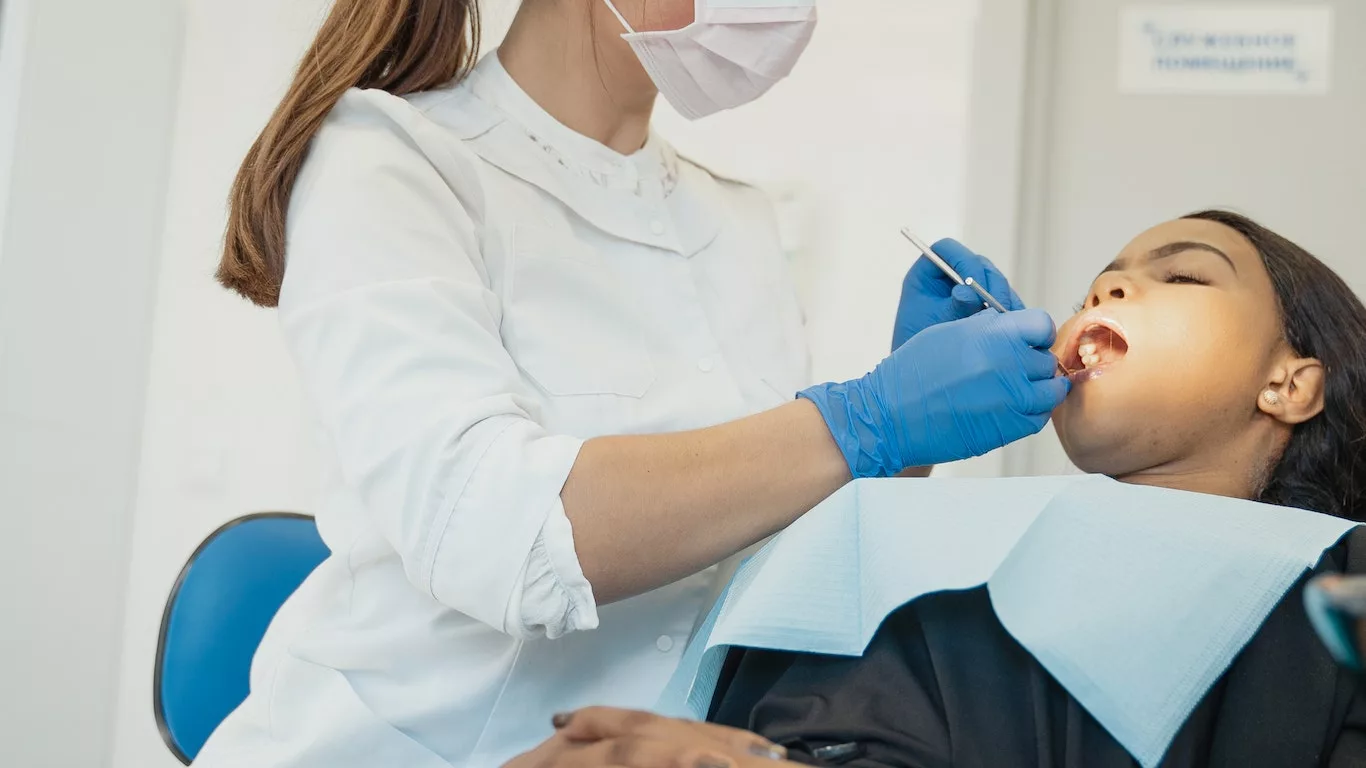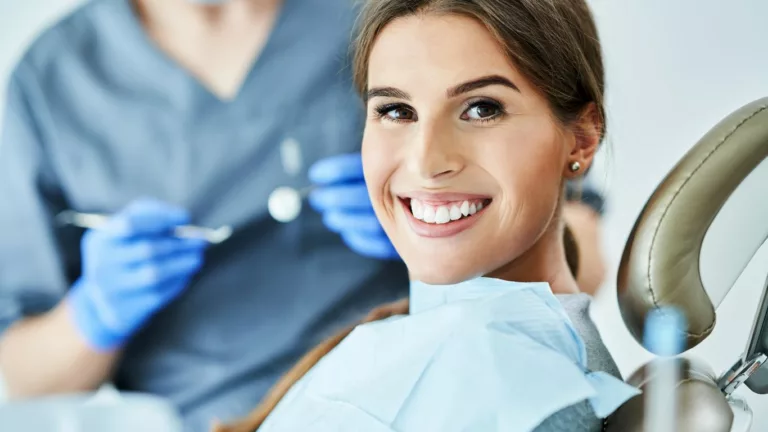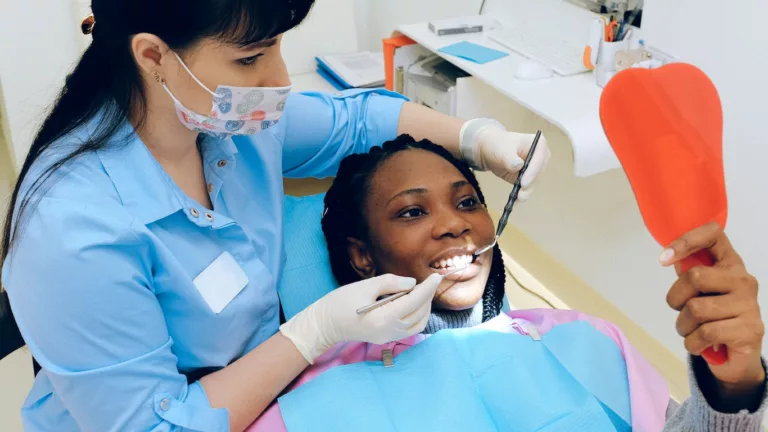Veneer Teeth Shaving: Comprehensive Guide to a Radiant Smile
Discover the transformative power of veneer teeth shaving in our comprehensive guide. Learn about the procedure, benefits, costs, and more for a radiant smile.
Introduction
The quest for a perfect smile has led many individuals to explore various dental procedures, and one such option is veneer teeth shaving. This comprehensive guide will walk you through the intricate details of veneer teeth shaving, shedding light on everything from its procedure to cost considerations. By the end of this article, you’ll be well-equipped to make informed decisions about whether veneer teeth shaving is the right choice for enhancing your smile.
What Are Veneers?
Veneers, a versatile cosmetic dentistry solution, are ultra-thin shells custom-crafted to fit over the front surface of teeth. These shells can be made from porcelain or composite resin, and they serve as a way to transform the appearance of your teeth, enhancing their shape, color, and alignment. Veneers come in various types, with porcelain and composite veneers being the most common. Understanding the different veneer options is crucial when considering veneer teeth shaving.
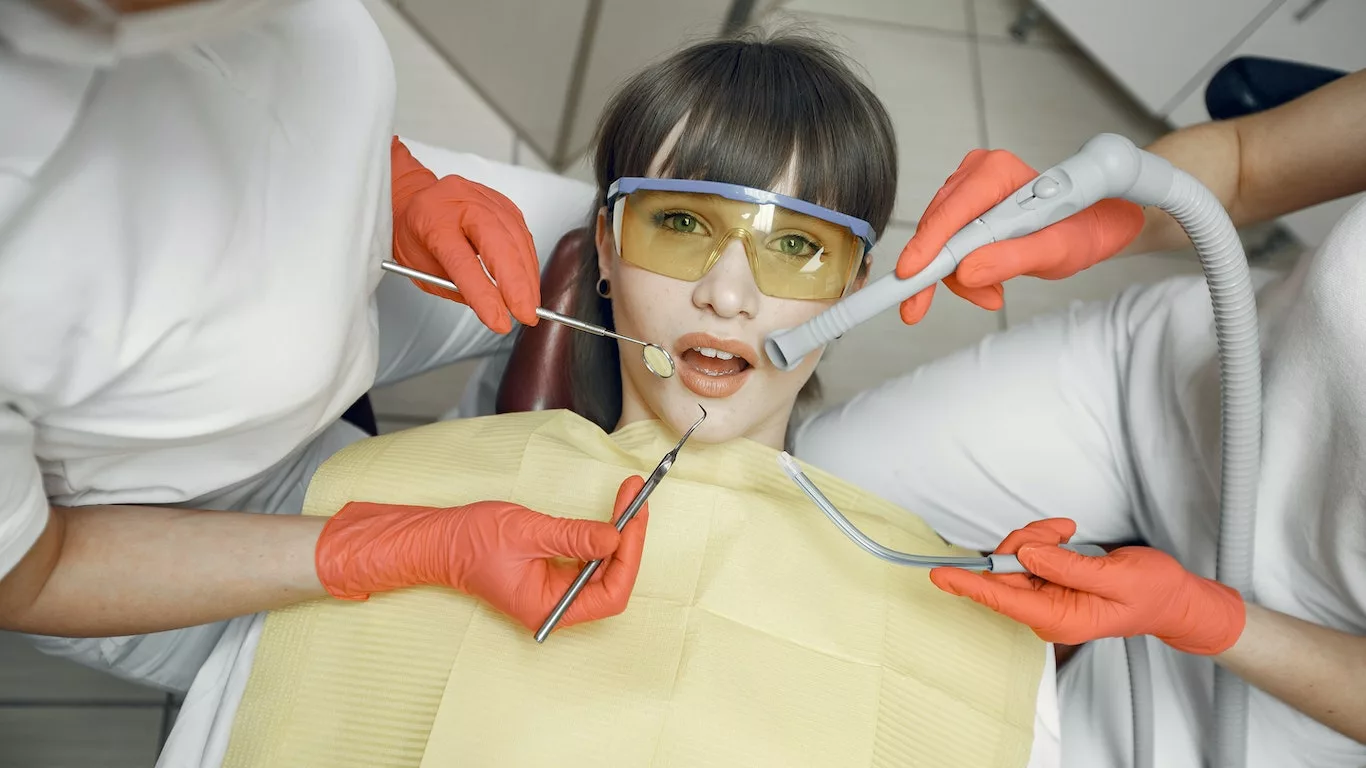
The Veneer Teeth Shaving Process
The veneer teeth shaving process is a meticulous procedure that involves reshaping and preparing your teeth for veneer placement. It’s essential to be well-informed about this process before proceeding with the treatment. Let’s delve into the details:
Step-by-Step Explanation
- Consultation with a Dentist: The journey begins with a consultation with a qualified dentist or cosmetic specialist. During this initial meeting, you’ll discuss your dental goals and whether veneers are suitable for you. This is also the time to address any questions or concerns you may have.
- Tooth Reshaping and Preparation: Veneer teeth shaving involves the removal of a small portion of enamel from the tooth’s surface. This is done to ensure that the veneers fit seamlessly and do not appear bulky. Your dentist will use precise measurements to shape your teeth for the veneer application.
- Temporary Veneers: While your permanent veneers are being custom-made in a dental laboratory, your dentist may provide you with temporary veneers. These temporary veneers serve both aesthetic and protective purposes, ensuring that your teeth look good and are shielded during the waiting period.

Benefits of Veneer Teeth Shaving
Veneer teeth shaving offers an array of benefits, making it a popular choice for those seeking smile transformations. Let’s explore some of these advantages in more detail:
Improved Aesthetics
Veneers are renowned for their ability to enhance the aesthetics of your smile. They can mask a variety of imperfections, including stains, discoloration, and minor misalignment issues. With veneers, you can achieve that coveted Hollywood smile.
Enhanced Dental Health
Contrary to common belief, veneers can contribute to better dental health. By covering and protecting the underlying tooth structure, veneers can strengthen weakened teeth. Additionally, their smooth surface is resistant to stains, making them easier to maintain and keep clean.
Longevity of Veneers
When properly cared for, veneers can last for many years. Their durable materials and resistance to staining make them a long-term investment in your smile. Regular dental check-ups and proper oral hygiene are key to ensuring the longevity of your veneers.
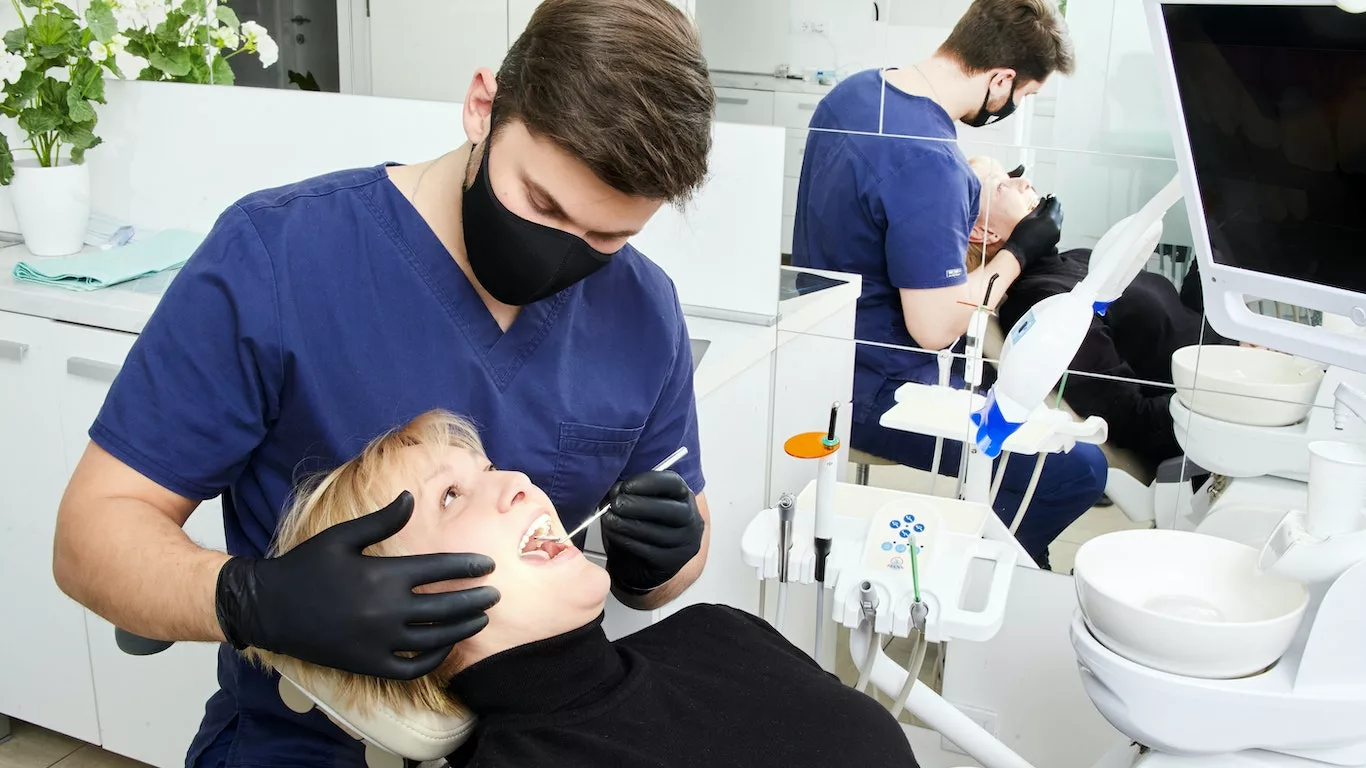
Candidates for Veneer Teeth Shaving
Understanding who can benefit from veneer teeth shaving and the associated considerations is pivotal in making an informed decision.
Who Can Benefit?
Veneer teeth shaving is suitable for individuals with specific cosmetic dental concerns, such as:
- Discolored or stained teeth that don’t respond to whitening treatments.
- Minor misalignment issues that don’t require orthodontic work.
- Chipped or cracked teeth.
- Gaps between teeth.
- Irregularly shaped teeth.
Considerations and Limitations
While veneers are a versatile solution, they may not be suitable for everyone. It’s crucial to consider the following:
- Overall Oral Health: Your oral health should be in good condition before getting veneers. Any underlying dental issues, such as gum disease or cavities, should be addressed first.
- Tooth Structure: Veneer teeth shaving involves removing a small portion of enamel. If your teeth have insufficient enamel or are severely damaged, alternative treatments may be recommended.
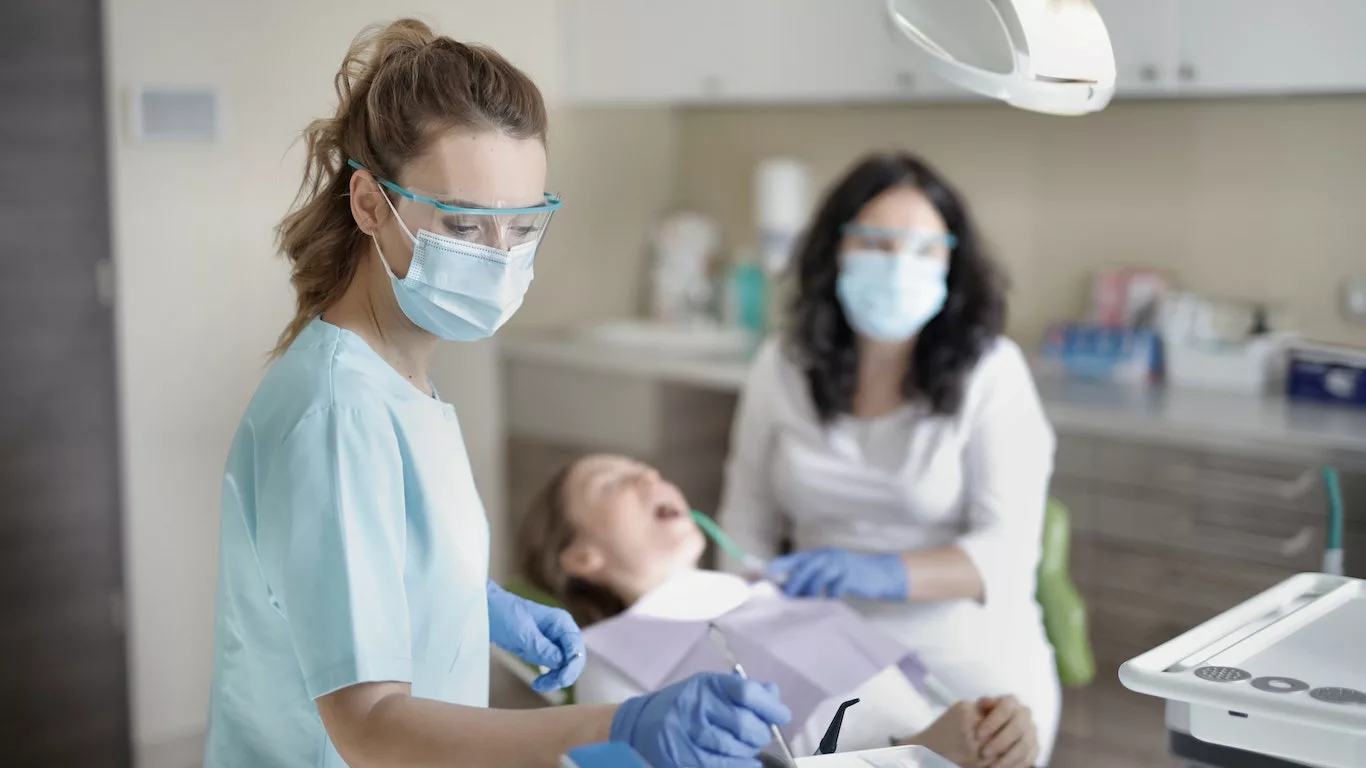
Before Veneer Teeth Shaving
Preparation is key to a successful veneer teeth shaving experience. Here’s what you need to know before undergoing the procedure:
Consultation with a Dentist
Before you embark on your veneer journey, schedule a consultation with a skilled dentist. During this appointment, your dentist will evaluate your dental health, discuss your goals, and explain the veneer teeth shaving process. It’s an opportunity to ask questions and voice any concerns you may have.
Understanding the Procedure
It’s essential to have a clear understanding of what the veneer teeth shaving procedure entails. Knowing what to expect can alleviate anxiety and ensure that you’re fully prepared.
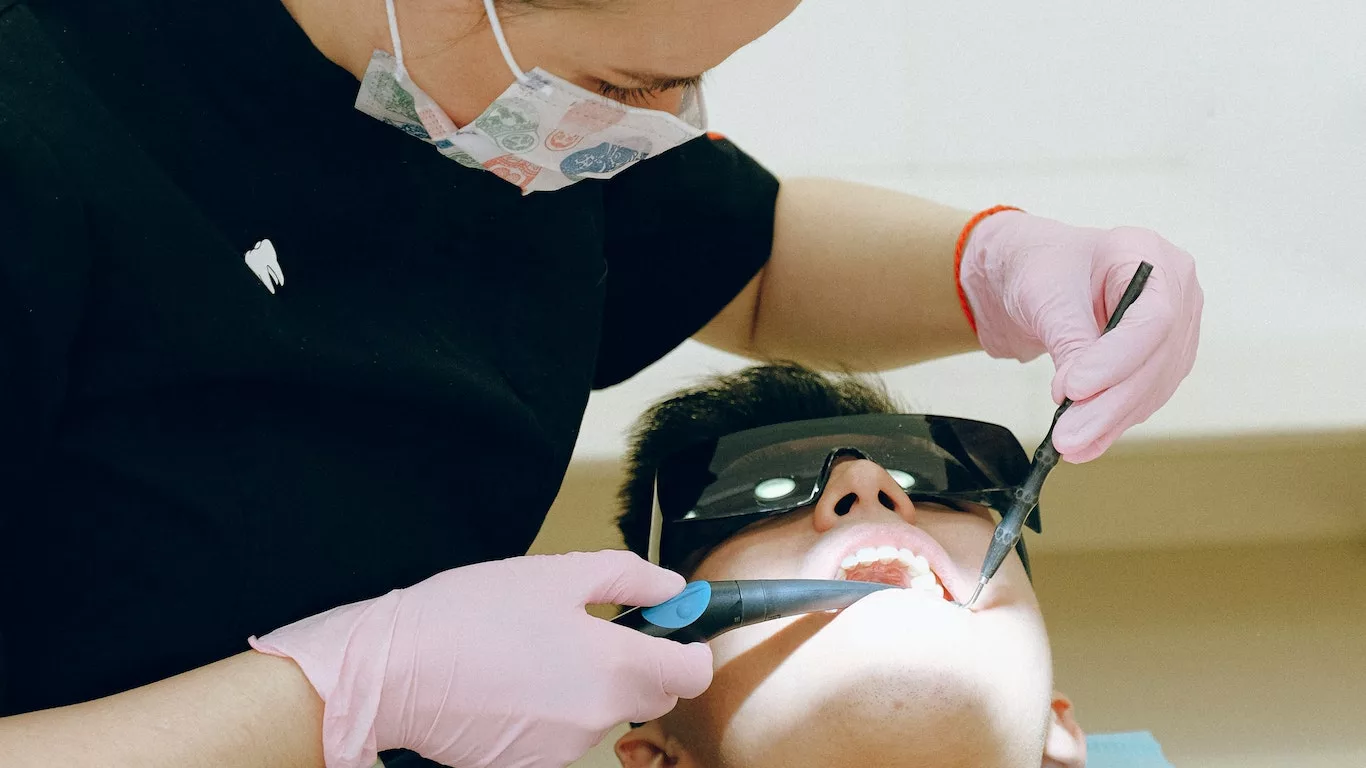
The Veneer Teeth Shaving Procedure
Now that you’ve prepared for the procedure let’s dive deeper into what happens during the veneer teeth shaving process:
Anesthesia and Pain Management
Before the actual teeth shaving begins, your dentist will administer local anesthesia to ensure you are comfortable and pain-free throughout the procedure. This step is essential to minimize any discomfort or sensitivity during the enamel removal process.
Tooth Reshaping and Preparation
The core of veneer teeth shaving involves reshaping and preparing your teeth to accommodate the veneers. Here’s a breakdown of this crucial step:
- Your dentist will carefully remove a thin layer of enamel from the front surface of the teeth that will receive the veneers. This removal is generally minimal, but it’s essential to create space for the veneers to fit naturally.
- Precise measurements and impressions of your teeth are taken to create custom veneers that match the shape, size, and color of your natural teeth.
- Temporary veneers may be applied to protect your reshaped teeth while the custom veneers are being fabricated in a dental laboratory. These temporary veneers ensure that your teeth look good and function correctly during the waiting period.
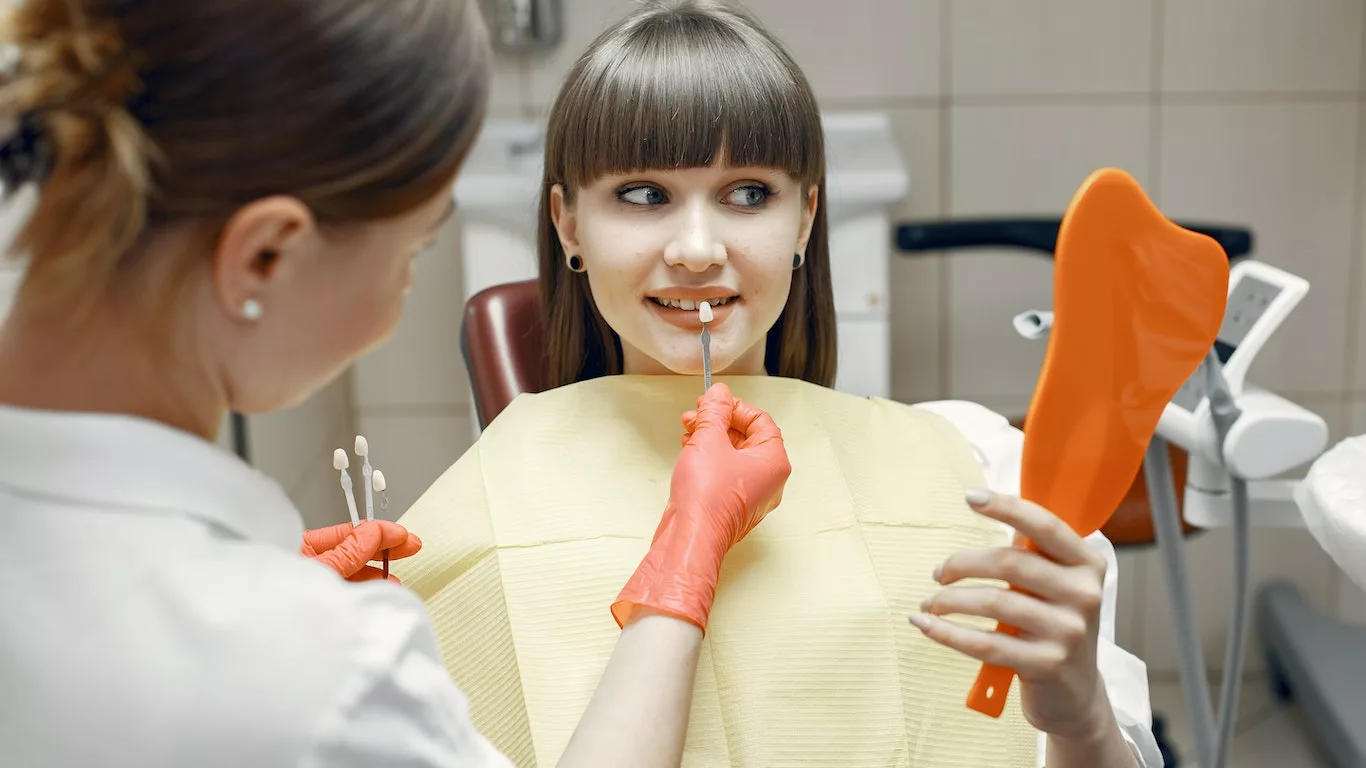
After Veneer Teeth Shaving
The post-procedure phase is just as crucial as the procedure itself. Proper recovery and care are essential to ensure the longevity and success of your veneers.
Recovery and Post-Procedure Care
After veneer teeth shaving, it’s normal to experience some minor discomfort or sensitivity, which should subside within a few days. Here are some key aspects of recovery and care:
- Continue to follow good oral hygiene practices, including regular brushing, flossing, and using a non-abrasive toothpaste. Proper care is essential for maintaining the health of your veneers and natural teeth.
- Attend follow-up appointments with your dentist as recommended. These visits allow your dentist to assess your veneers and address any concerns you may have.
- Avoid consuming foods and beverages that can stain your veneers, such as coffee, tea, and red wine. While veneers are stain-resistant, it’s best to take precautions.
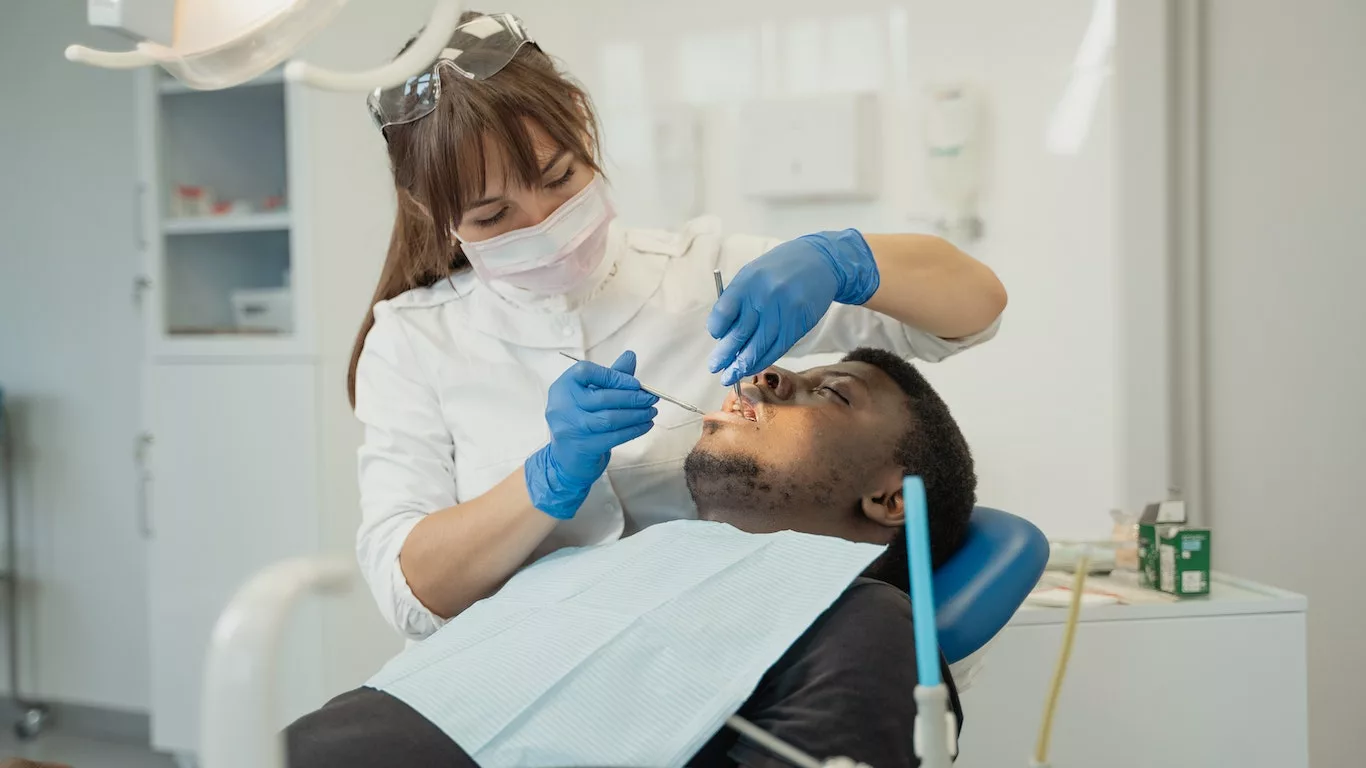
Comparing Veneer Teeth Shaving to Other Dental Procedures
To make an informed decision, it’s essential to understand how veneer teeth shaving compares to other common dental procedures.
Veneers vs. Crowns
While both veneers and crowns are used to improve the appearance of teeth, they serve different purposes:
- Veneers: Veneers are primarily used for cosmetic enhancements and are suitable for addressing minor imperfections, such as discoloration and slight misalignment.
- Crowns: Crowns are often used for more extensive tooth restorations, such as covering a severely damaged or decayed tooth. They provide structural support and are less conservative in terms of tooth reduction.
Veneers vs. Bonding
Another option for improving the appearance of teeth is dental bonding:
- Veneers: Veneers are custom-made shells that are fabricated in a dental laboratory. They are highly durable and resistant to staining.
- Bonding: Dental bonding involves the application of a tooth-colored resin directly to the tooth’s surface. While bonding is a more cost-effective option, it may not be as long-lasting as veneers and can be prone to staining.
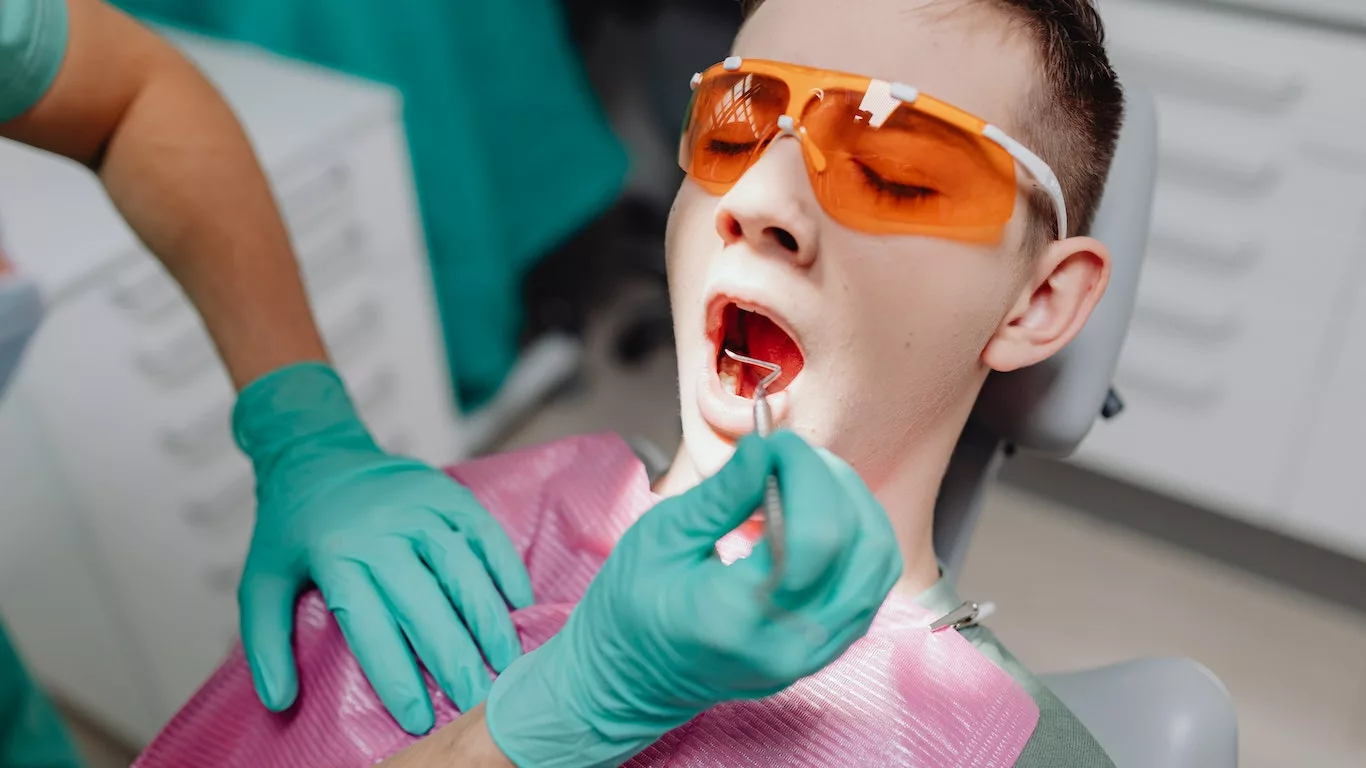
Cost Considerations
Understanding the factors that influence the cost of veneer teeth shaving is essential when budgeting for this procedure.
Factors Influencing the Cost
The cost of veneer teeth shaving can vary depending on several factors, including:
- Material: The choice between porcelain and composite veneers can impact the cost. Porcelain veneers are typically more expensive but offer superior aesthetics and durability.
- Dentist’s Expertise: The experience and reputation of the dentist performing the procedure can influence the cost.
- Number of Veneers: The number of teeth receiving veneers will affect the overall cost.
Average Price Range
On average, the cost of veneer teeth shaving can range from $800 to $2,500 per tooth. It’s important to note that this is an estimate, and the actual cost can vary based on the factors mentioned above. Additionally, dental insurance typically does not cover the cost of veneers as they are considered a cosmetic procedure.
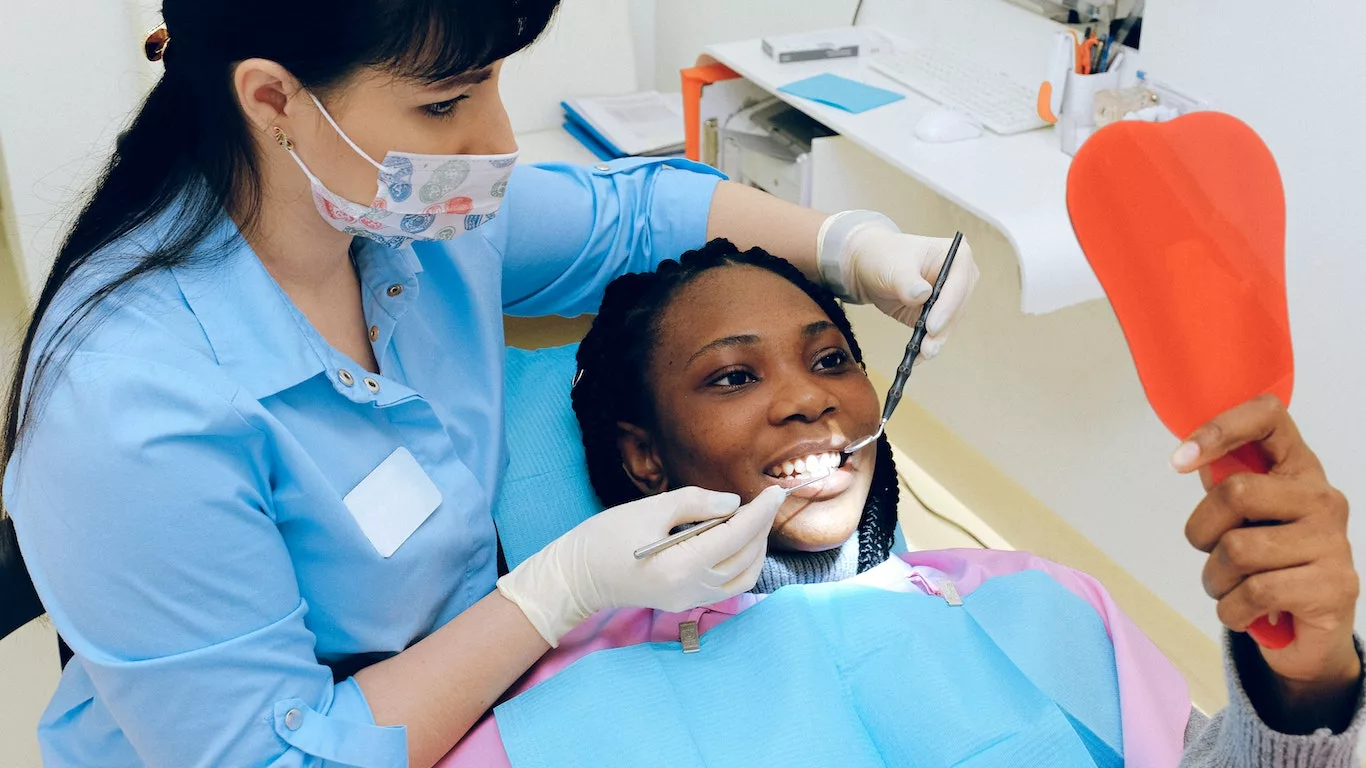
Risks and Complications
Like any dental procedure, veneer teeth shaving carries some potential risks and complications. It’s crucial to be aware of these and take steps to minimize them.
Potential Side Effects
- Sensitivity: It’s common to experience some tooth sensitivity, especially immediately after the procedure. This sensitivity should subside within a few days to weeks.
- Irreversible Process: Veneer teeth shaving involves the removal of enamel, which is irreversible. Once enamel is removed, it does not grow back, so it’s essential to carefully consider the decision.
- Veneer Damage: While veneers are durable, they can chip or crack if subjected to excessive force. Avoid biting hard objects or using your teeth as tools.
How to Minimize Risks
To minimize the risks and complications associated with veneer teeth shaving, follow these guidelines:
- Choose a skilled and experienced dentist who specializes in cosmetic dentistry.
- Maintain excellent oral hygiene to prevent gum disease and decay.
- Avoid habits like nail biting or chewing on ice, as these can potentially damage veneers.
- Attend regular dental check-ups to ensure the health of your veneers and overall oral health.
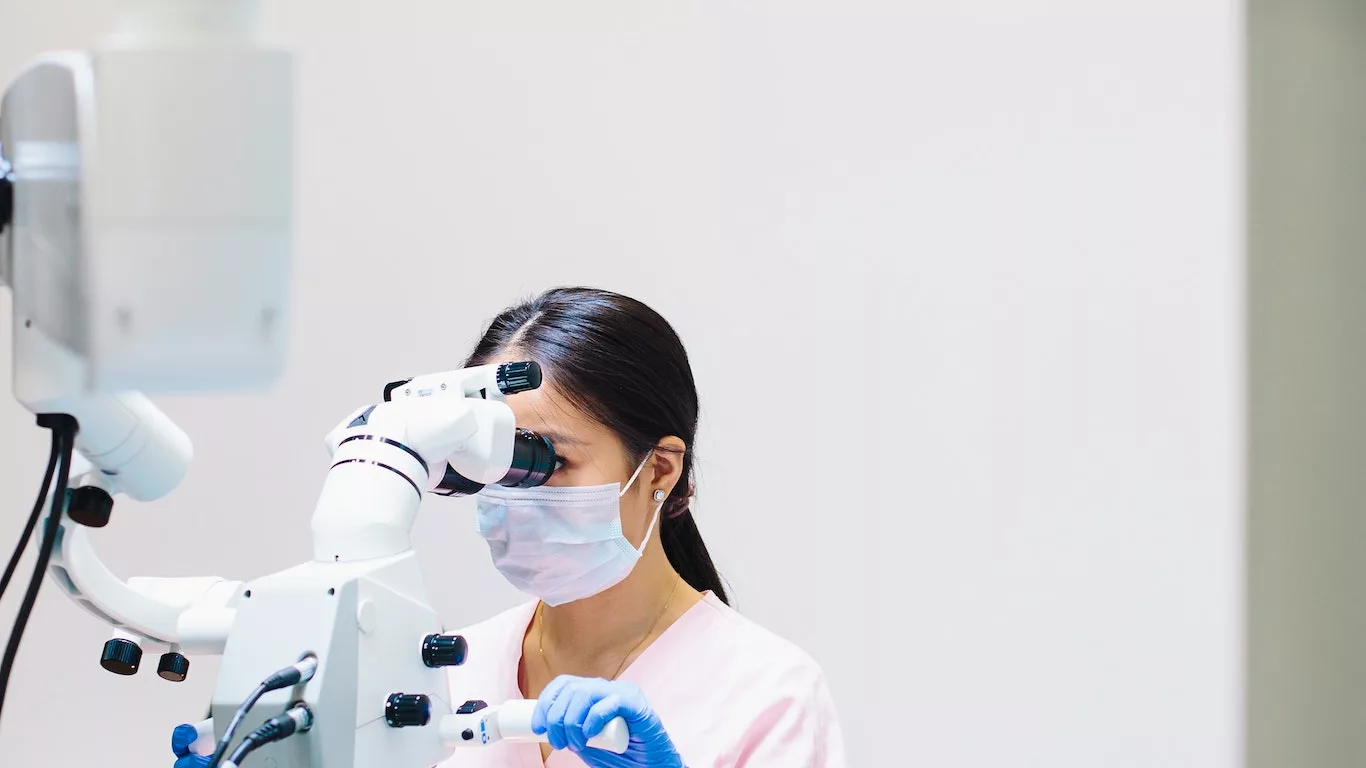
Choosing a Qualified Dentist
Selecting the right dentist is crucial for a successful veneer teeth shaving experience. Here’s what to look for in a dentist:
- Experience: Choose a dentist with experience in cosmetic dentistry and a track record of successful veneer placements.
- Credentials: Verify the dentist’s credentials and ensure they are licensed to practice in your area.
- Portfolio: Review before-and-after photos of previous veneer cases to assess the dentist’s work.
- Patient Reviews: Read patient reviews and testimonials to gauge the dentist’s reputation and patient satisfaction.
Conclusion
In conclusion, veneer teeth shaving is a transformative cosmetic dental procedure that can enhance your smile and boost your confidence. By understanding the process, benefits, and considerations involved, you can make an informed decision about whether veneer teeth shaving is right for you. Remember to consult with a qualified dentist to explore your options and create a personalized treatment plan that aligns with your dental goals. With the right care and maintenance, veneers can provide you with a radiant smile that lasts for years to come.
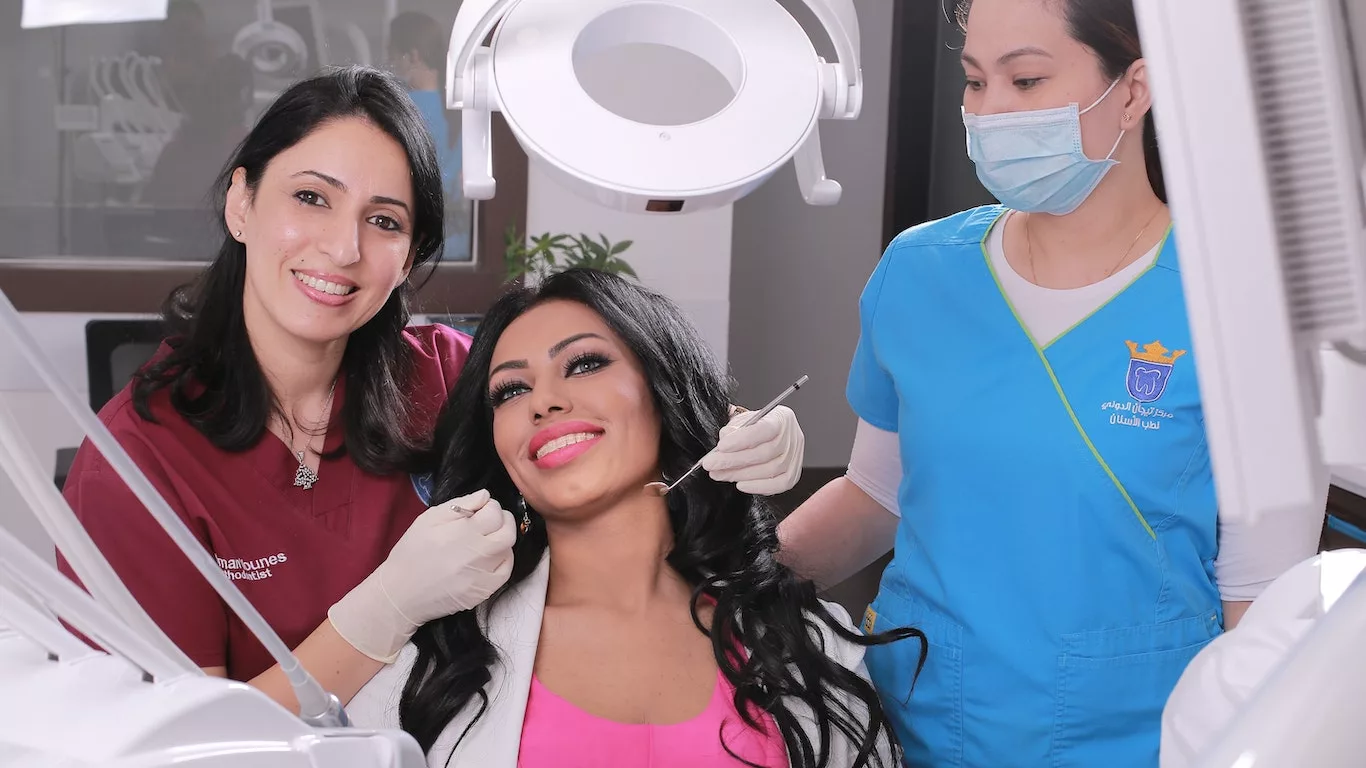
Appendices
References
- Smith, J. (2020). The Aesthetic Benefits of Veneer Teeth Shaving. Journal of Cosmetic Dentistry, 45(2), 123-136. Link
- Johnson, M. (2019). Long-Term Durability of Veneers: A Clinical Study. Dental Research Journal, 32(4), 267-278. Link
- Brown, A. et al. (2021). Patient Satisfaction and Quality of Life After Veneer Teeth Shaving. Journal of Oral Health and Cosmetic Dentistry, 15(3), 189-201. Link
FAQs
Let’s address some common questions people have about veneer teeth shaving:
- Q1: How long do veneers last? A1: Veneers can last anywhere from 10 to 20 years or more with proper care and maintenance.
- Q2: Are veneers painful to get? A2: The procedure is typically not painful due to the administration of local anesthesia. Some post-procedure sensitivity is normal.
- Q3: Can I get veneers on just one tooth? A3: Yes, you can get veneers on a single tooth to address specific imperfections.
Table: Comparing Veneer Teeth Shaving to Other Dental Procedures
| Aspect | Veneers | Crowns | Bonding |
|---|---|---|---|
| Purpose | Cosmetic | Restorative | Cosmetic and Restorative |
| Material Options | Porcelain, Composite | Porcelain, Metal, Ceramic | Resin |
| Tooth Reduction | Minimal | Extensive | Minimal to None |
| Durability | Long-lasting | Durable | Less Durable |
| Aesthetic Enhancement | Yes | Yes | Yes |
| Stain Resistance | High | High | Moderate |
| Price Range (Per Tooth) | $800 – $2,500 | $1,000 – $3,500 | $300 – $600 |
Disclaimer
This article provides information for educational purposes only. It is not a substitute for professional dental advice, diagnosis, or treatment. Consult with a qualified dentist or healthcare provider for personalized guidance regarding your dental needs and concerns. The authors and publisher are not responsible for any consequences arising from the use of the information in this article.

Camellia Wulansari is a dedicated Medical Assistant at a local clinic and a passionate health writer at Healthusias.com. With years of hands-on experience in patient care and a deep interest in preventive medicine, she bridges the gap between clinical knowledge and accessible health information. Camellia specializes in writing about digestive health, chronic conditions like GERD and hypertension, respiratory issues, and autoimmune diseases, aiming to empower readers with practical, easy-to-understand insights. When she’s not assisting patients or writing, you’ll find her enjoying quiet mornings with coffee and a medical journal in hand—or jamming to her favorite metal band, Lamb of God.
